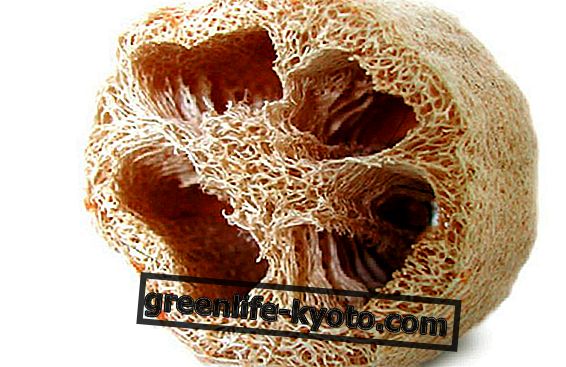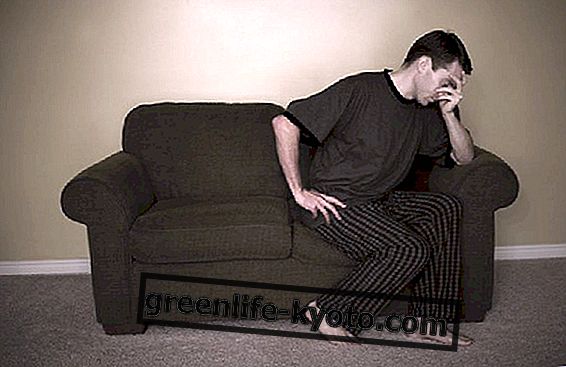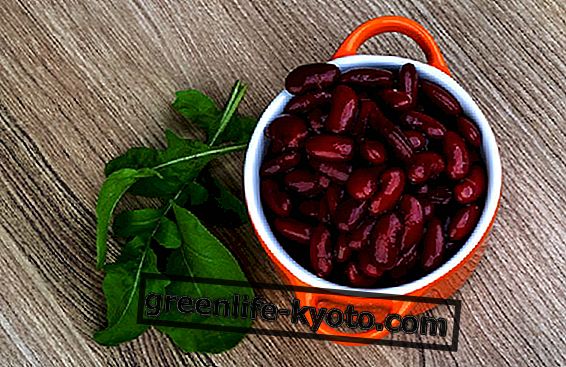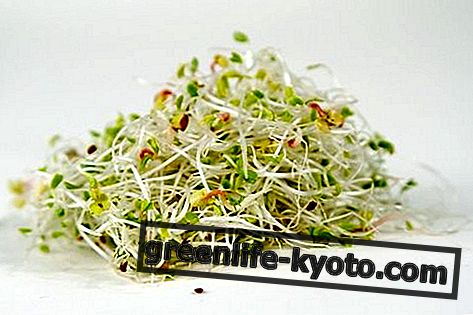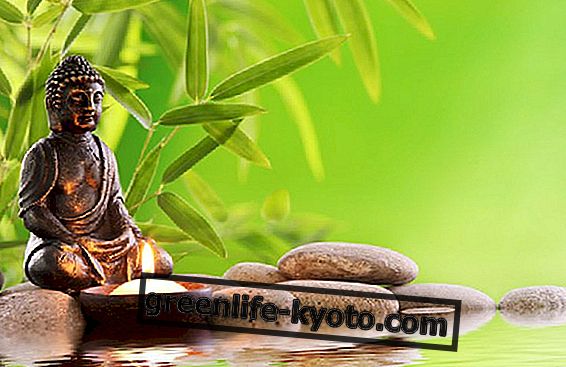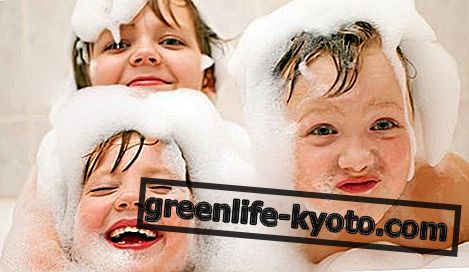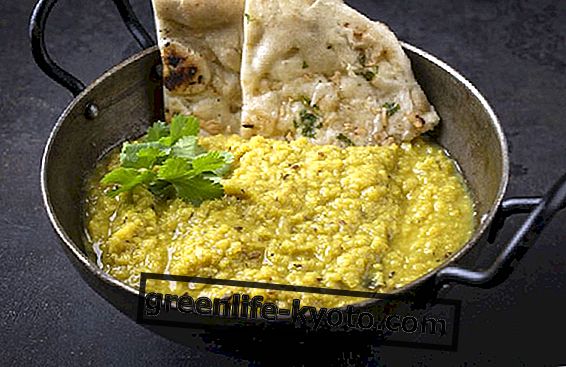
It was in Japan that the gomasio originated, a powder soup based on a mixture of sea salt and chopped sesame seeds .
In reality there are many variations that it is good to know to venture into buying the right gomasio for us or, why not, if we want to try to prepare it ourselves .
The major differences concern 3 points:
1. the quality of sesame seeds ;
2. roasting ;
3. the presence of other ingredients or elements added as taste enhancers.
However, before going into these topics, it is worth remembering that gomasio (in Japanese goma, meaning sesame, and sio, salt) is great for strengthening nerves and making the nervous system resistant, and for maintaining bone health, thanks to its contribution of calcium and magnesium.
Sesame in the gomasio
Let's start with sesame seeds. There is both gomasio prepared with white and black sesame seeds . The taste is obviously different.
In any case, the seeds are roasted and it is also the type of roasting that makes the difference between one gomasio and the other, giving a more intense taste, similar to that derived from roasting, or simply making the natural taste of the taste more rounded and savory. sesame.
The roasting means that the seeds, rigorously whole and therefore not peeled, expel the oil contained in them, which soon dries on their surface, making the taste stronger even without having to resort to chewing.
The salt in the gomasio
The salt to be used for the production of gomasio must be natural salt: large and integral, not refined, as we have said for sesame seeds.
Unrefined sea salt is a source of many trace elements, and not of simple sodium chloride : we find the aforementioned magnesium, iodine, and other mineral salts.
Generally the most consumed commercial versions of gomasio have a percentage of salt that is between 4% and 5%, but in the market we find some stronger and less delicate ones in which the percentage of salt reaches 10%.
Normally , salt is added to sesame seeds after roasting, but we know some versions of gomasio in which toasting involves the presence of both salt and sesame seeds.
In this case, some elements of the salt mix with the oil spilled from the seeds, creating a homogeneous mixture on their surface. On the other hand, this variety of gomasio, loses a bit in crunchiness.
Presence of other ingredients in the gomasio
We rarely find other ingredients within the gomasio. In some classic varieties we can find dried and chopped marine algae, while in some modern versions you can also find the dried and powdered peel of some citrus fruits .
Obviously the taste varies considerably in these cases. But what we really need to pay attention to when we read the label of the gomasio we are interested in is the presence or not of sugar .
In the commercial gomasio, sugar is often added which, when caramelized, has the dual function of enhancing the taste of salt and sesame, and at the same time that of creating a sort of dependency, that typical of sweets, which increases its use, consumption, and finally purchase.
Beyond the judgments regarding this commercial technique, it is important to know that the presence of sugars in the gomasio, makes the flavor of the recipe different from the original .
In reality we are eating something studied for the consumption of the product.
